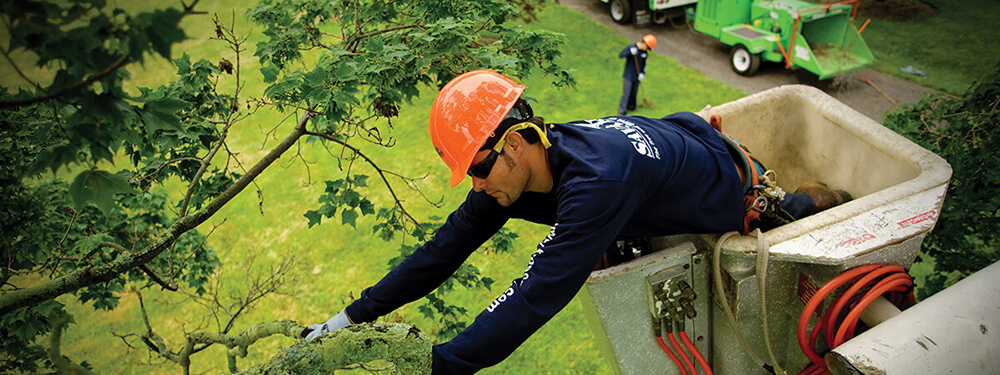
SavATree (with 23 locations in eight states) offers high value-add, customized tree- and lawn-care services directed by arborists who inspect and diagnose tree and lawn conditions and make recommendations for care. The company had very strong, predictable EBITDA, steady margins and steady growth. But, van Starrenburg believed that they didn’t have the growth rate they deserved. The idea of freeing up resources and redirecting them towards growth was very appealing.
According to CEO, Daniel van Starrenburg, “We were concerned that lean would be more difficult to implement in a field service organization but knew that the benefits would be enormous.” The leadership team decided that it would be worthwhile to embark on a lean journey.
The company has used its newly found time wisely. They give half of the benefit to customers since field service crews now have more time on site creating value. The other half of the time accrues to the benefit of the company. By re-engineering processes, they’re making the company more competitive and profitable. The team is fired-up and sees tangible benefits.
Set up became one of their first targets. Set up (at both the beginning and the end of the day) is a big deal because it happens at all of its 23 locations. And, it’s unbillable time. Another part is rework. When a truck has to drive back to the workplace to get a missing tool and get back out to the job site, field service crews lose productivity. Those types of productivity killers had to go away.
By streamlining the process and implementing lean principles into the day-to-day operations, there is now a lot of time that can be used to spend with customers. It also allowed them to involve the administrative team in the sales process, which has kept recommendations from slipping through the cracks.
We focused on these key areas:
By implementing lean principles, it’s allowed the company to see tangible growth without having to increase the size of its workforce. It has also created camaraderie and closeness between the field crew, the salesmen, and the administrative team. They are all working together to give the best service to the customer.
An already-profitable field service organization becomes even stronger by using lean as a strategy for growth:
At a Glance
Client
Results
SavATree used lean to reduce set-up time by 50-66%, improve crew productivity, and free-up time for arborists to create more selling time with customers.